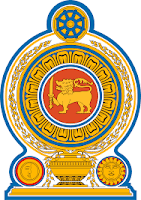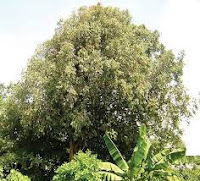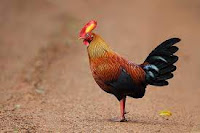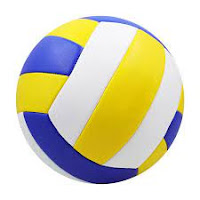Sri Lanka faces several public health challenges, including both non-communicable diseases (NCDs) and infectious diseases. These health issues affect the population’s well-being and pose significant challenges to the country's healthcare system.
Non-Communicable Diseases (NCDs)
Non-communicable diseases are a major health concern in Sri Lanka. These diseases, which are not caused by infections, include conditions like heart disease, diabetes, cancer, and chronic respiratory diseases. They are often linked to lifestyle factors such as poor diet, lack of exercise, and smoking.
Heart disease is one of the leading causes of death in Sri Lanka. High blood pressure, high cholesterol, and smoking contribute to this problem. Diabetes is also prevalent, affecting a large portion of the population. Poor eating habits, including high intake of sugary and processed foods, are major factors in the rise of diabetes.
Cancer rates are increasing, with lung, breast, and colorectal cancers being the most common. Risk factors include smoking, excessive alcohol consumption, and a lack of physical activity. Chronic respiratory diseases, such as asthma and chronic obstructive pulmonary disease (COPD), are also common, often exacerbated by smoking and environmental pollution.
Infectious Diseases
Infectious diseases continue to be a significant public health issue in Sri Lanka. Despite advances in medicine, diseases like dengue fever, tuberculosis (TB), and malaria remain prevalent.
Dengue fever, transmitted by mosquitoes, is a major concern. Outbreaks occur annually, especially during the monsoon season when mosquito breeding sites increase. Symptoms can be severe, leading to hospitalization or even death in some cases.
Tuberculosis is another serious issue. TB affects the lungs and can be fatal if not treated properly. Sri Lanka has made progress in controlling TB, but challenges remain in ensuring timely diagnosis and effective treatment, particularly in rural areas.
Malaria has been largely controlled in Sri Lanka, but sporadic cases still occur. The country’s efforts to eradicate malaria include widespread use of insecticide-treated bed nets and anti-malaria medications.
Nutrition and Lifestyle Issues
Nutrition plays a crucial role in both NCDs and infectious diseases. Poor diet can contribute to the development of NCDs, while malnutrition can weaken the immune system, making individuals more susceptible to infections.
In Sri Lanka, a shift towards a more processed diet has led to increased rates of obesity and related health problems. Many people consume high amounts of sugar, salt, and unhealthy fats, which contribute to NCDs like diabetes and heart disease.
Malnutrition is still a problem, particularly among children in some areas. Lack of access to nutritious food and clean water can lead to stunted growth and developmental issues. Addressing these nutritional deficiencies is essential for improving overall health.
Efforts to Address Public Health Challenges
The Sri Lankan government and various health organizations are working to address these health challenges. For NCDs, efforts include public awareness campaigns about healthy eating and the dangers of smoking and excessive drinking. There are also initiatives to promote physical activity and regular health check-ups.
For infectious diseases, the government conducts vaccination programs, public health campaigns, and vector control measures to reduce the incidence of diseases like dengue and malaria. Improved diagnostic facilities and treatments for diseases like TB are also being implemented.
Health education plays a vital role in these efforts. By educating the public about the risks of unhealthy lifestyles and the importance of preventive measures, Sri Lanka aims to reduce the burden of both NCDs and infectious diseases.
Future Directions
To further improve public health, Sri Lanka needs to continue strengthening its healthcare infrastructure and access to services. This includes expanding health education, improving early diagnosis and treatment, and addressing the social determinants of health such as poverty and access to clean water.
Integrating traditional health practices with modern medical approaches may also offer additional benefits. By focusing on prevention, early intervention, and comprehensive care, Sri Lanka can better manage its public health challenges and improve the health and well-being of its population.














